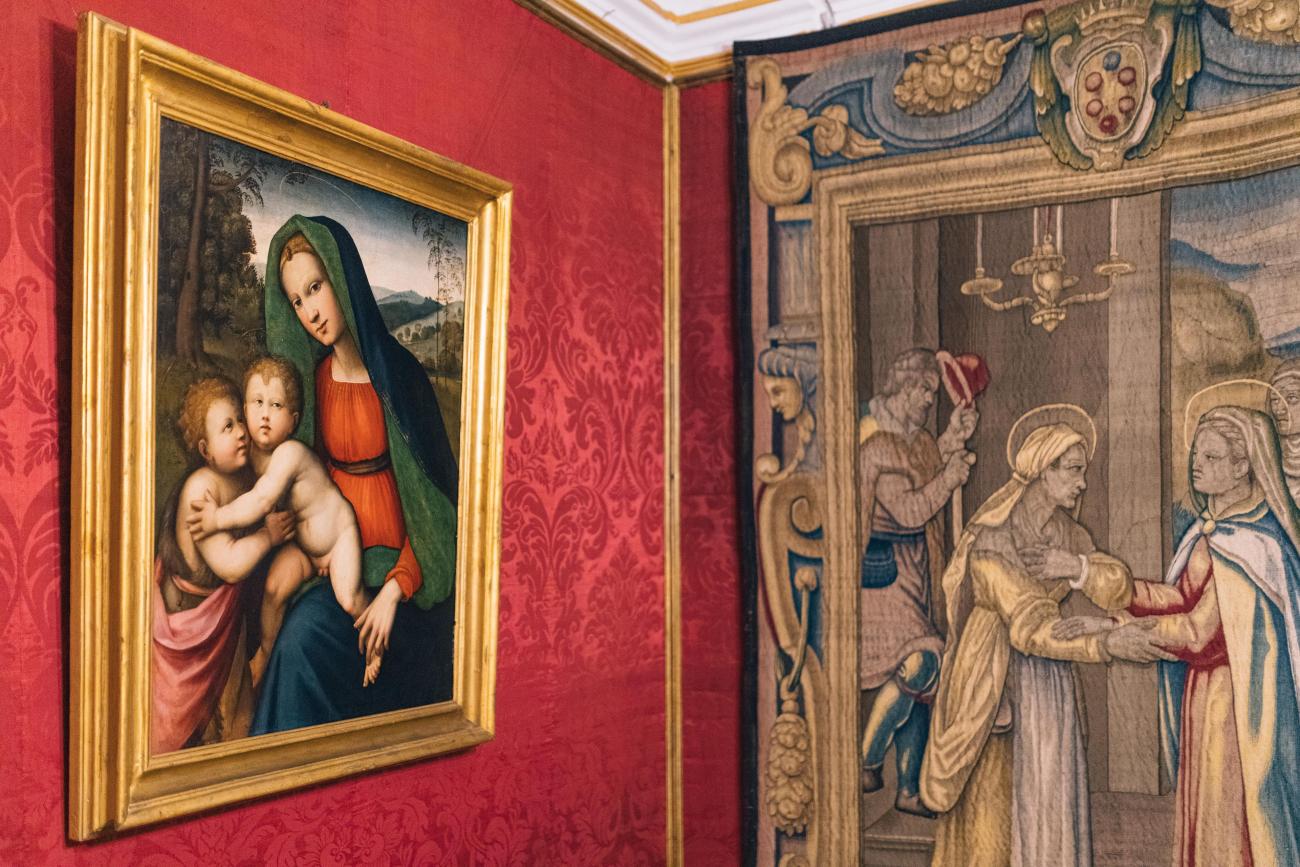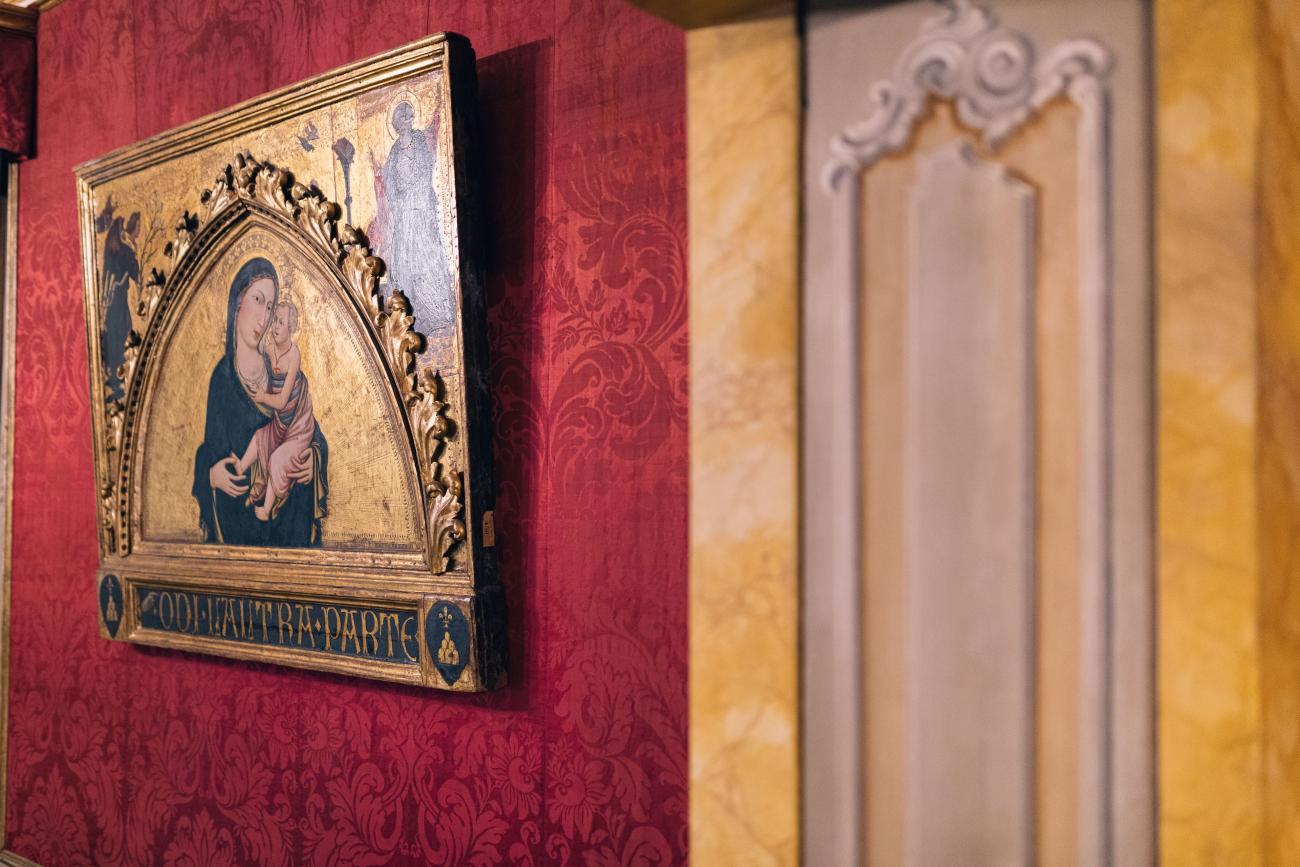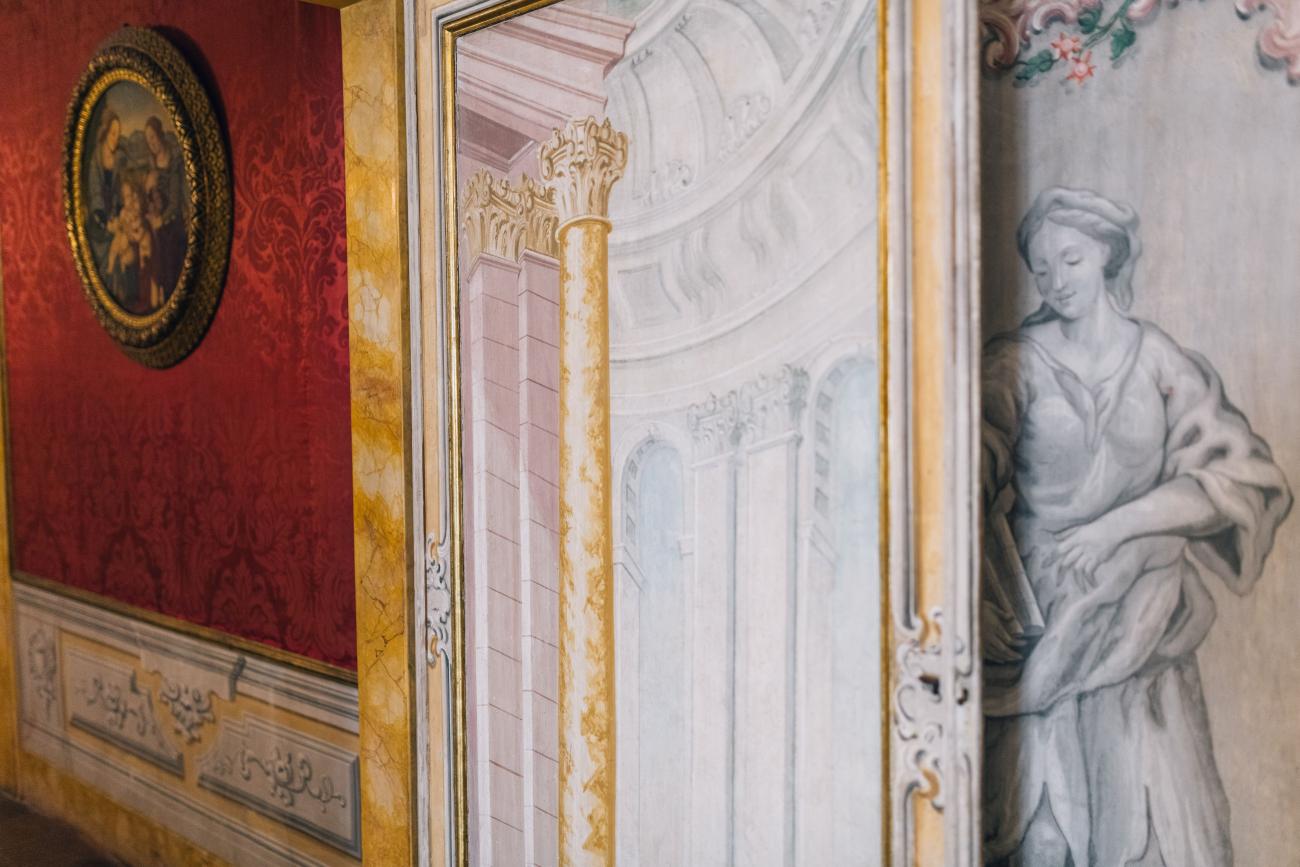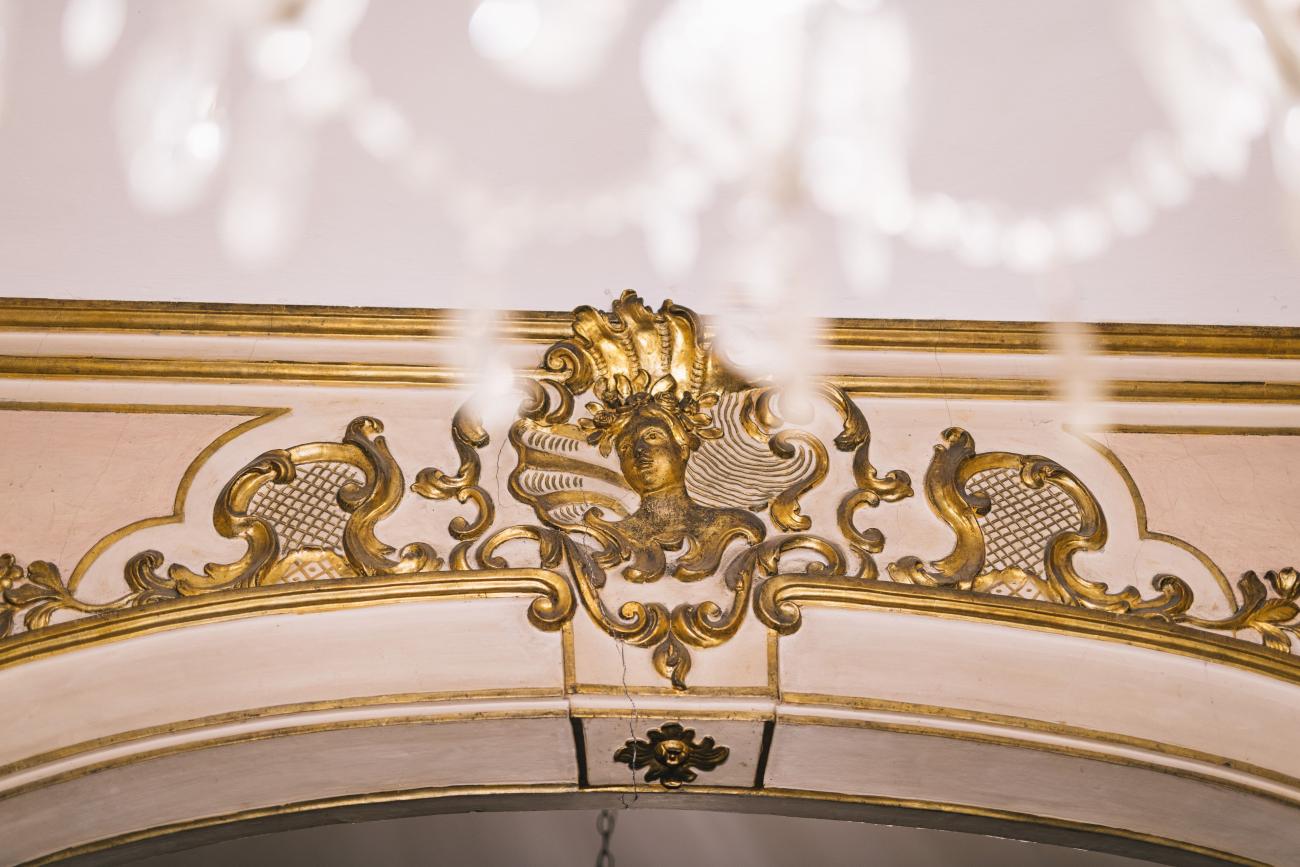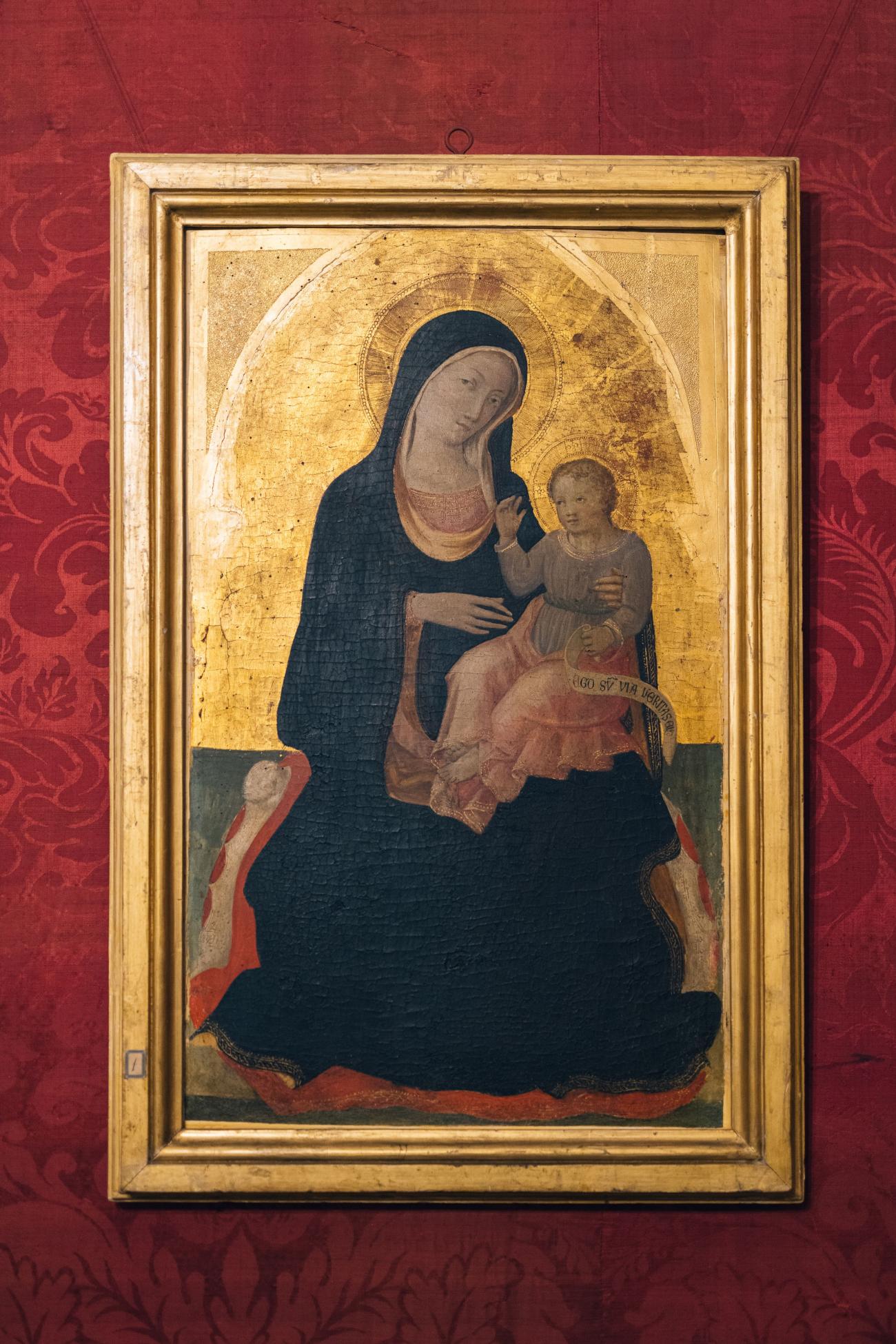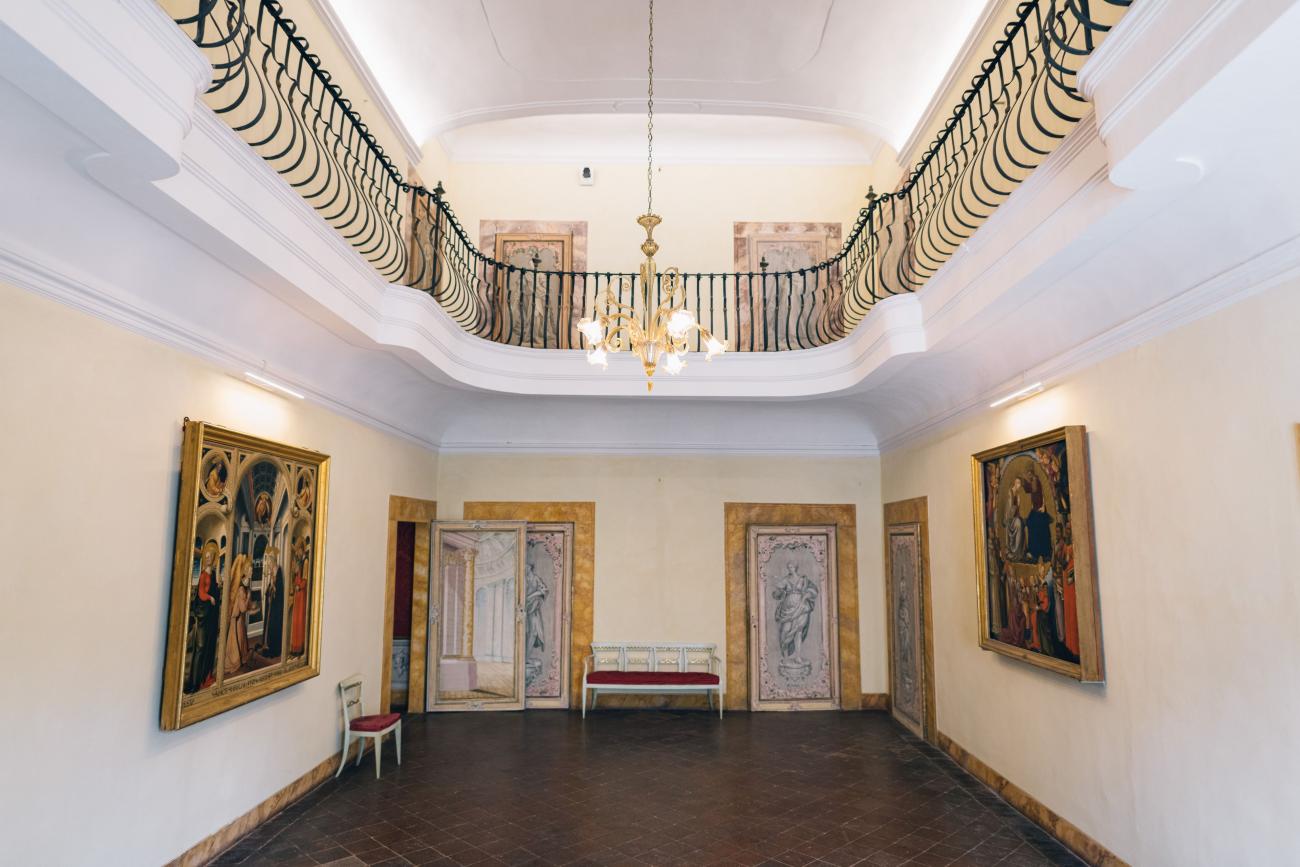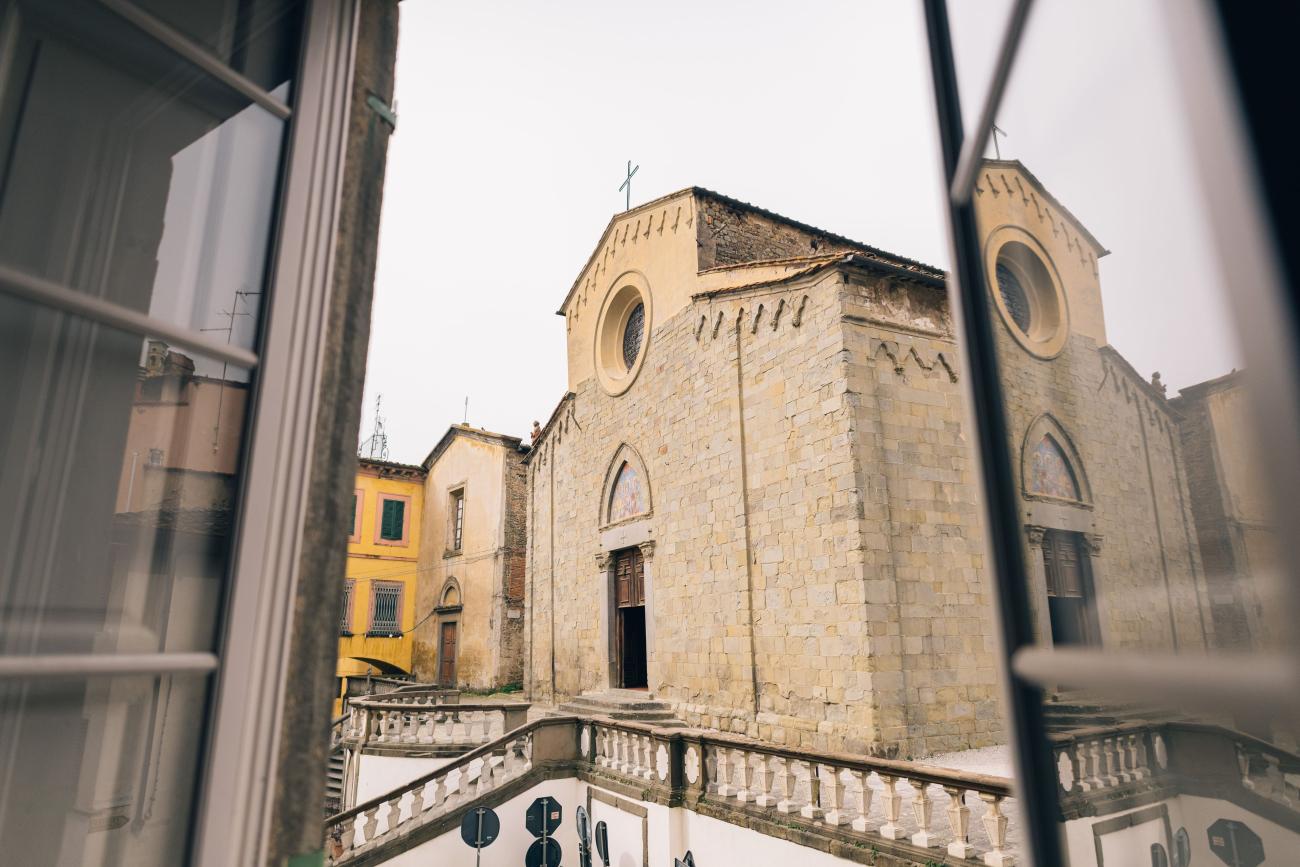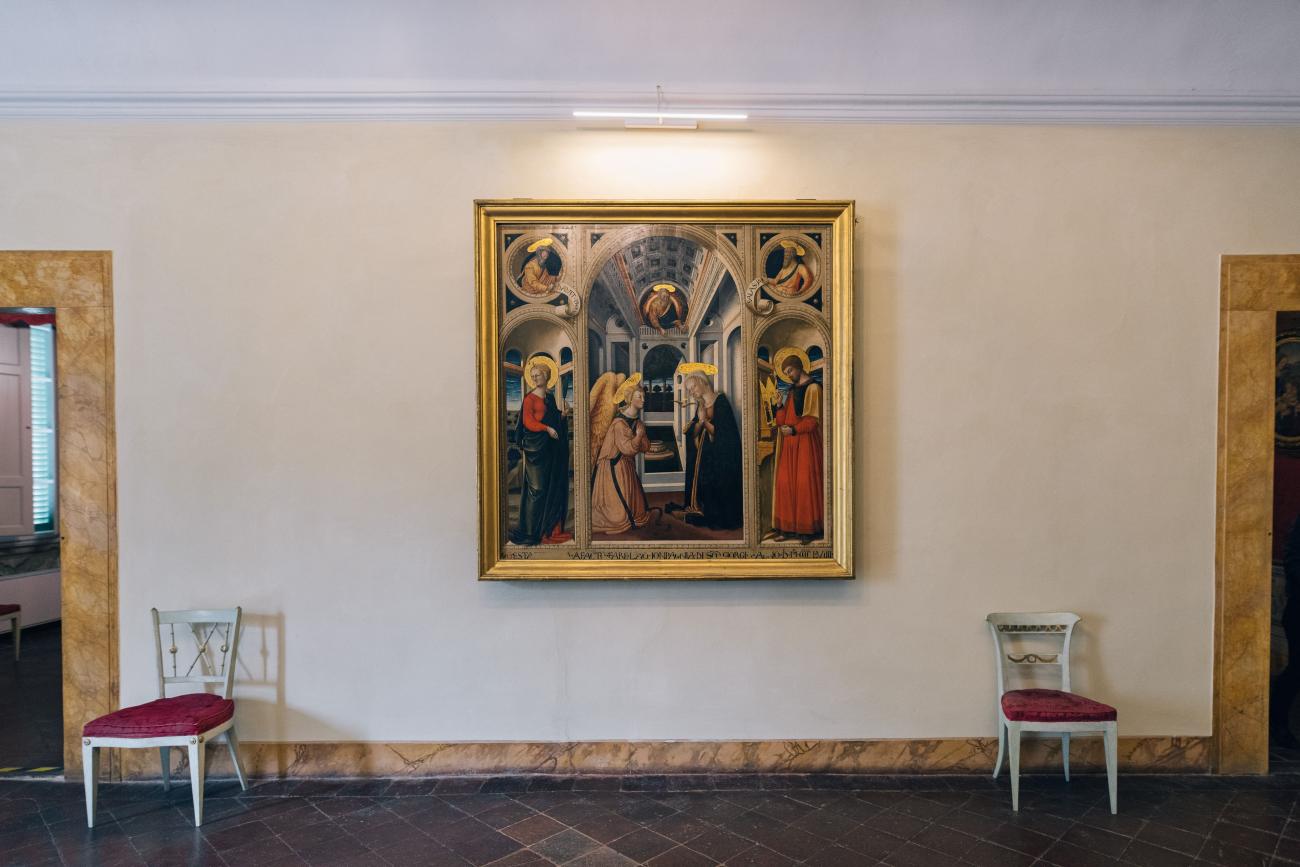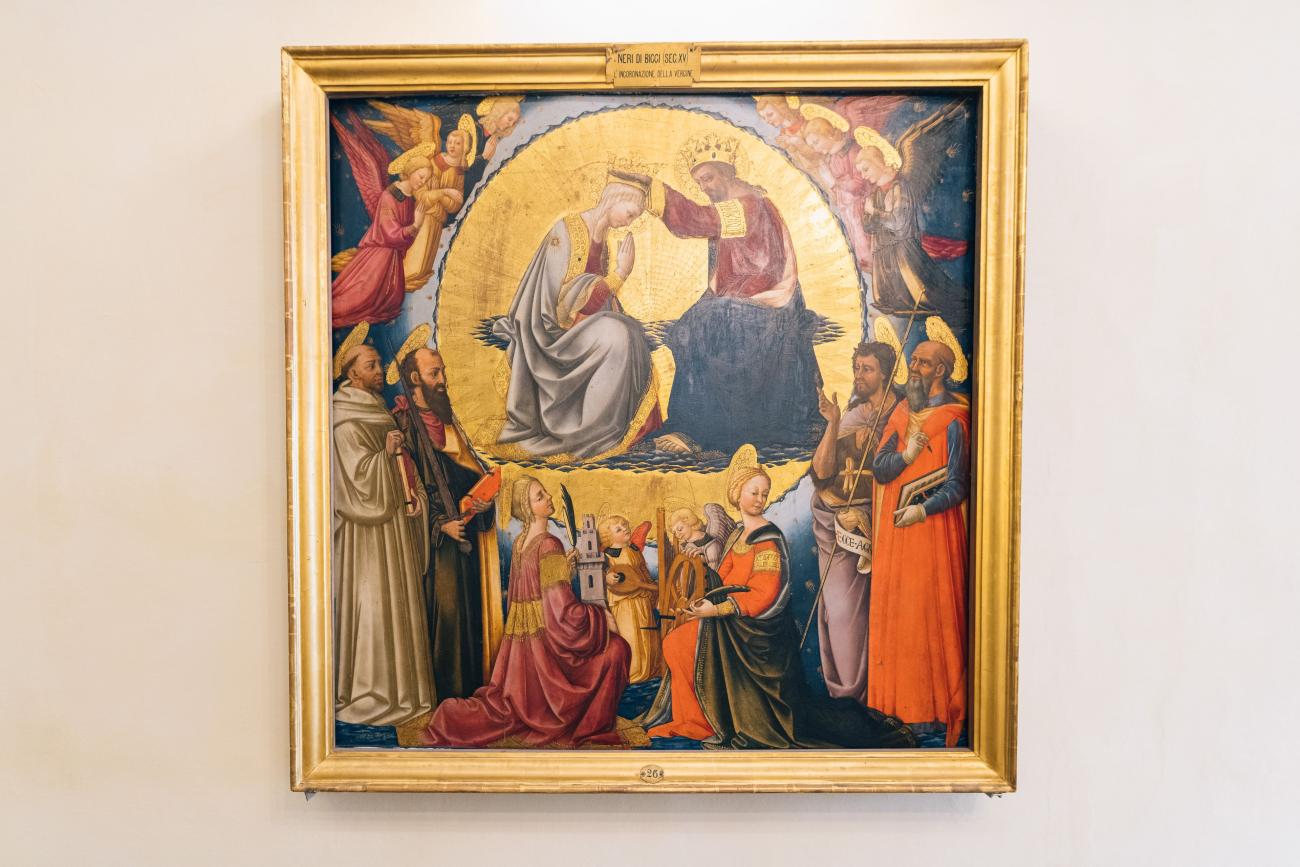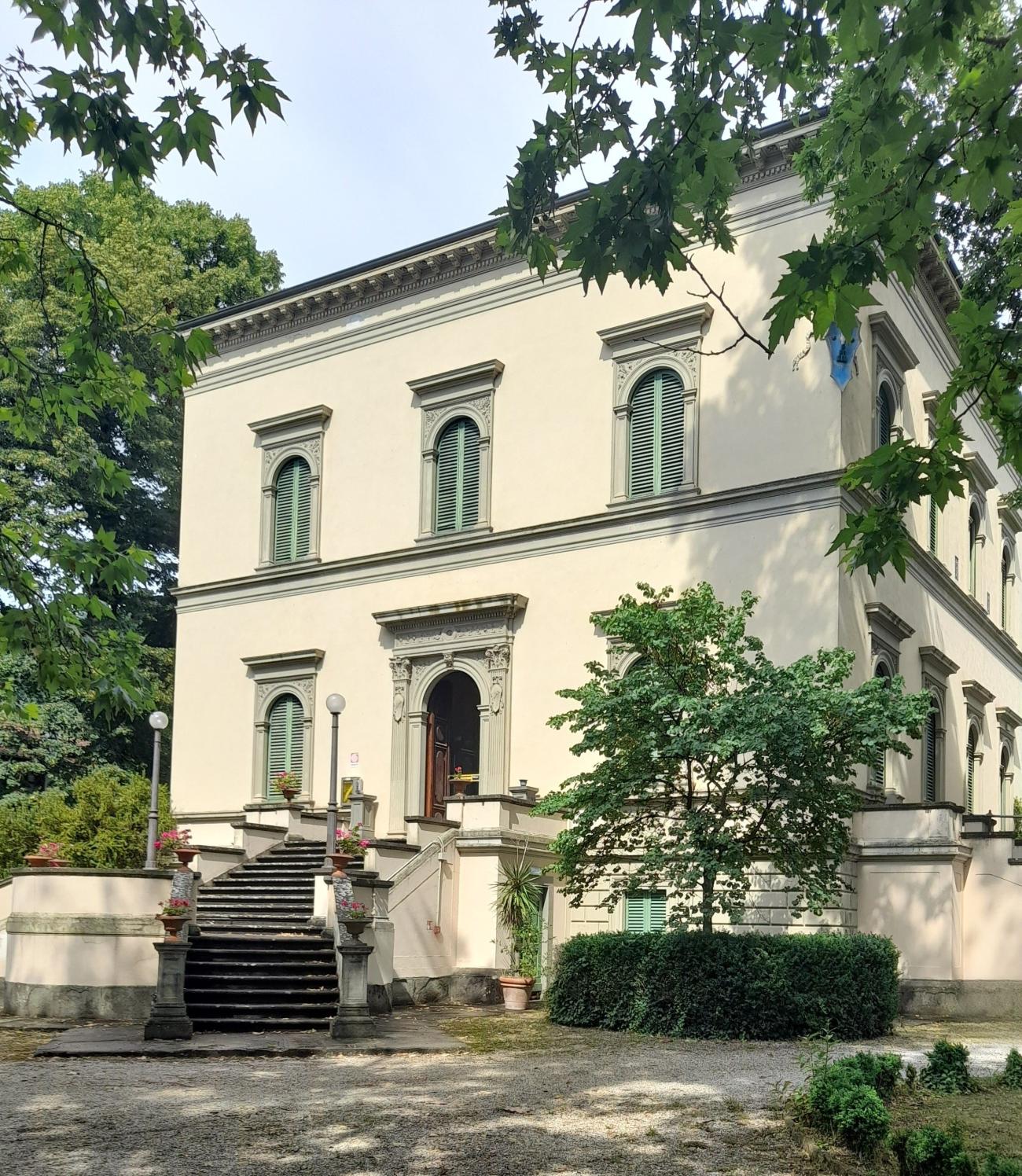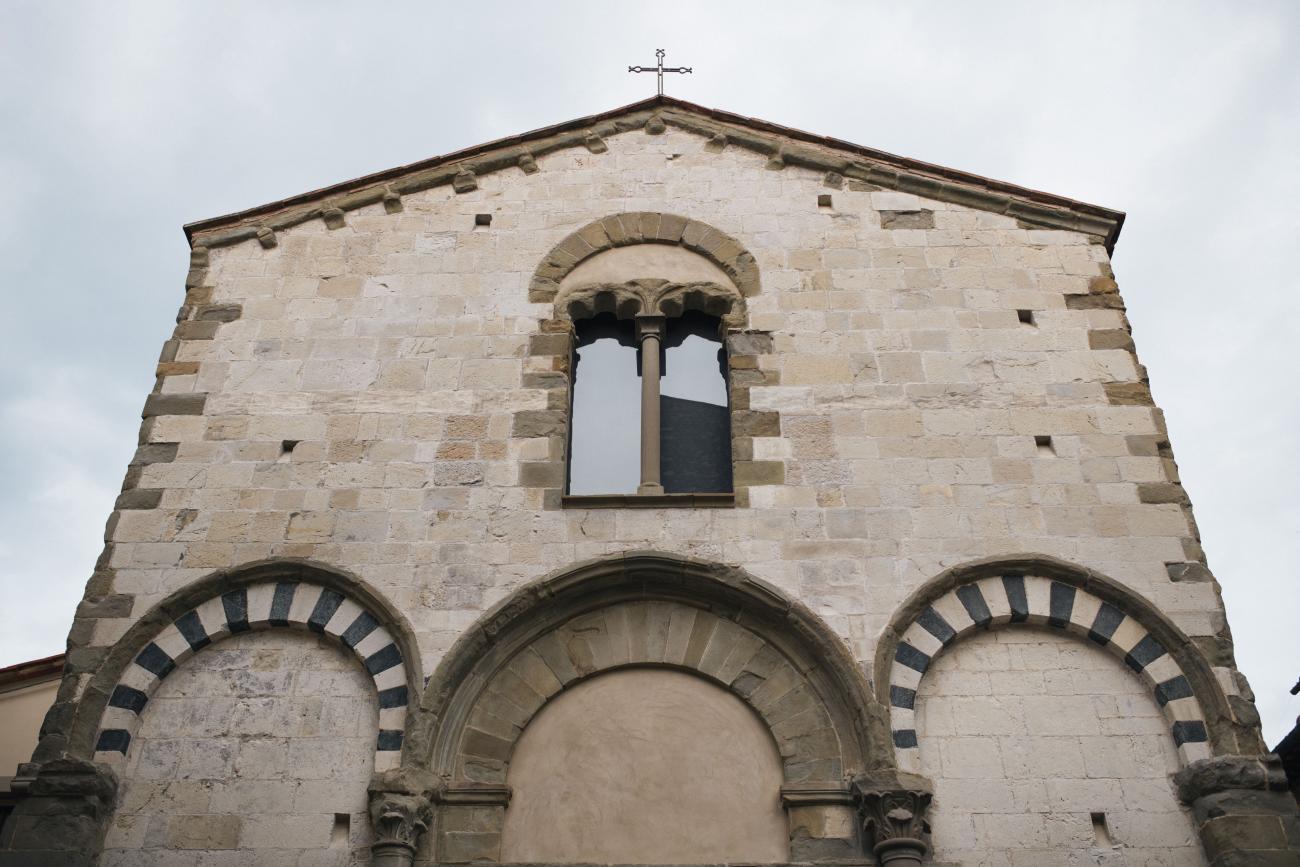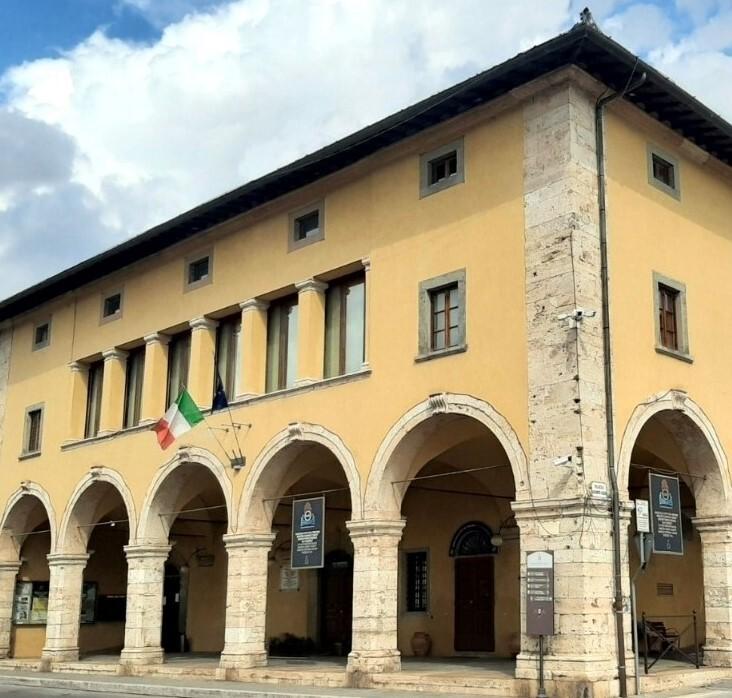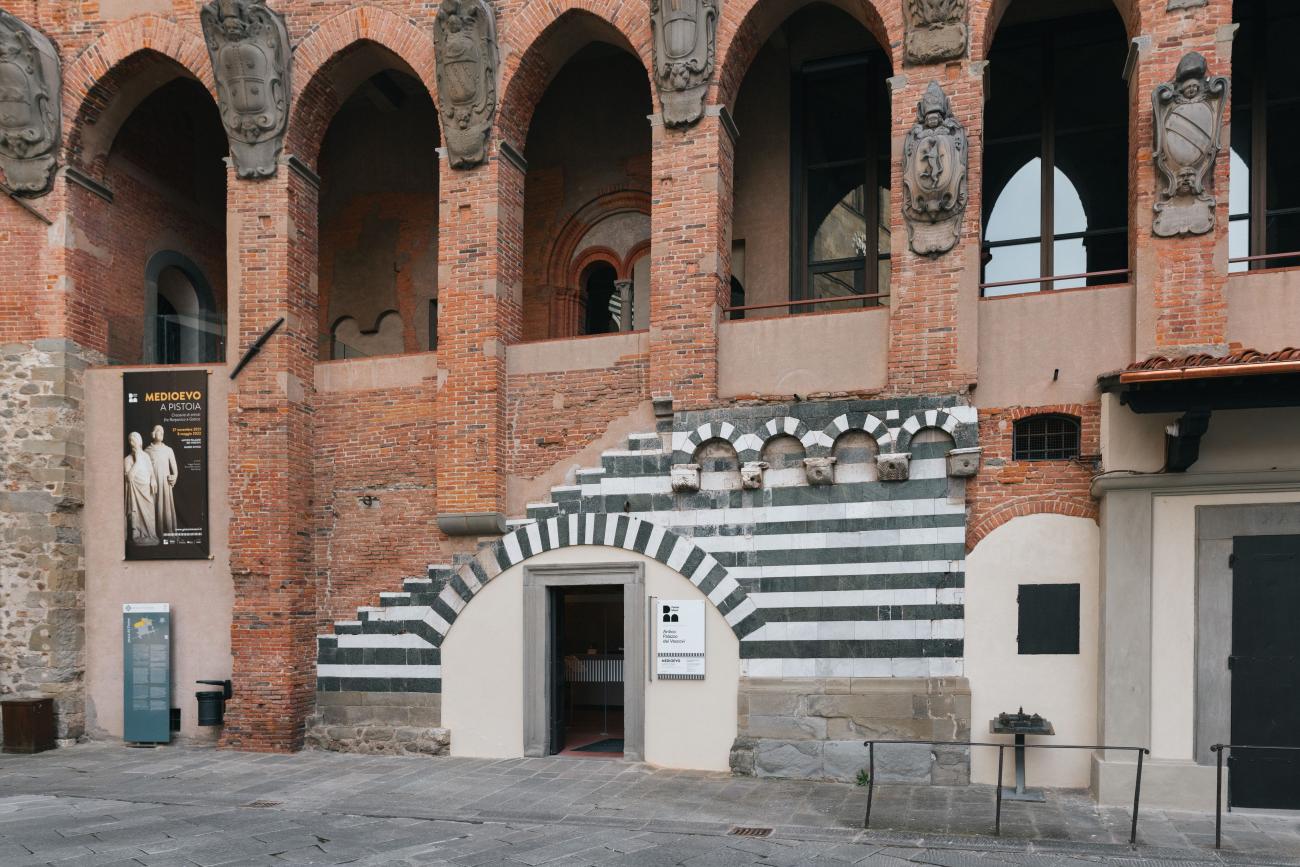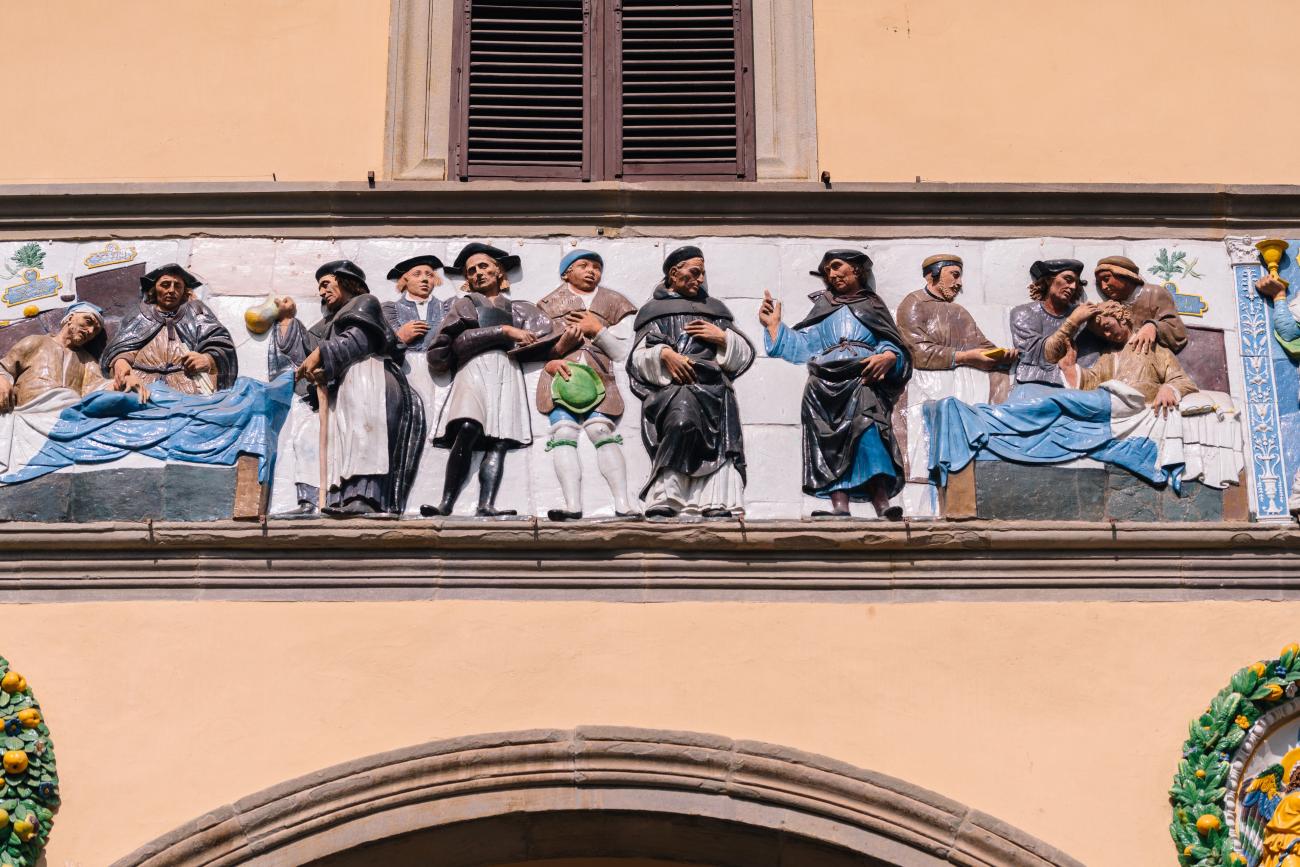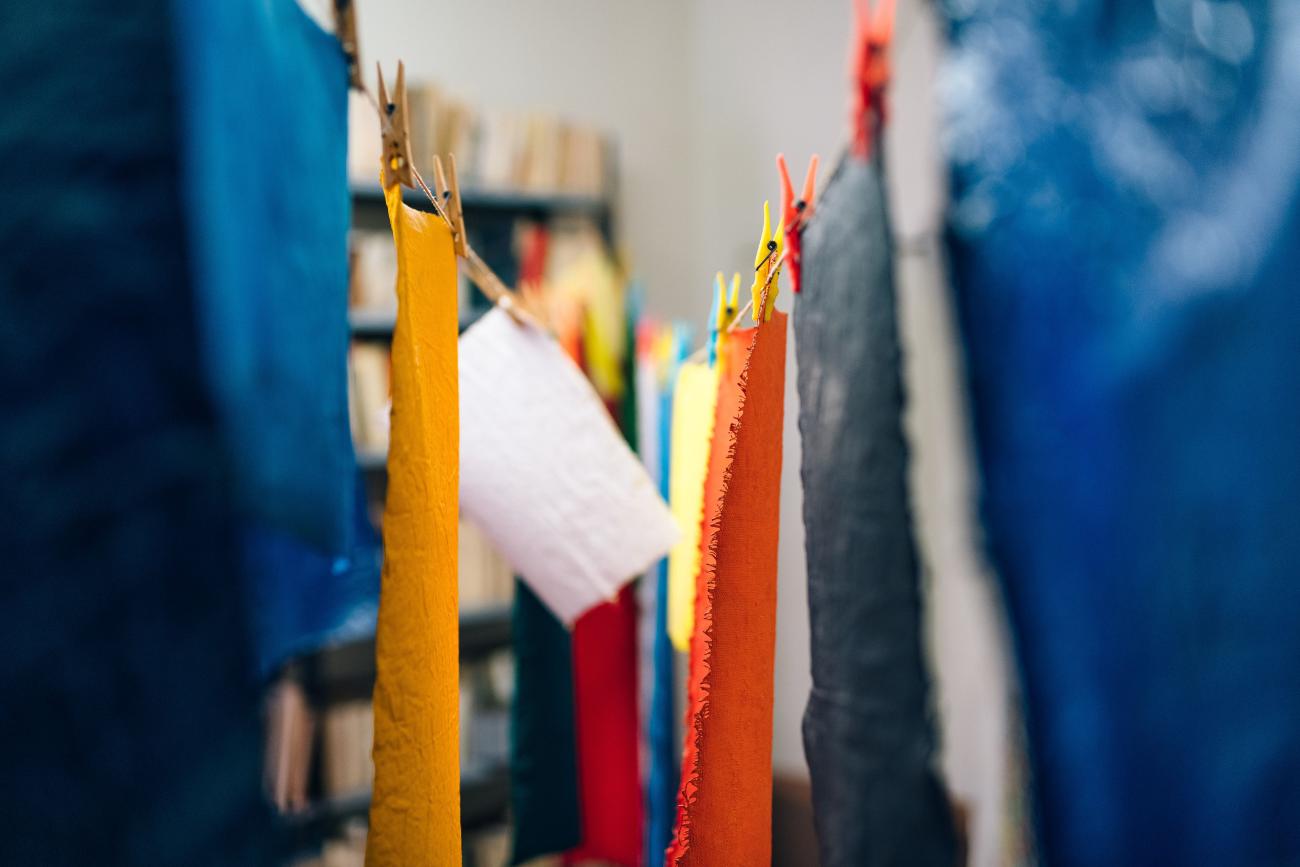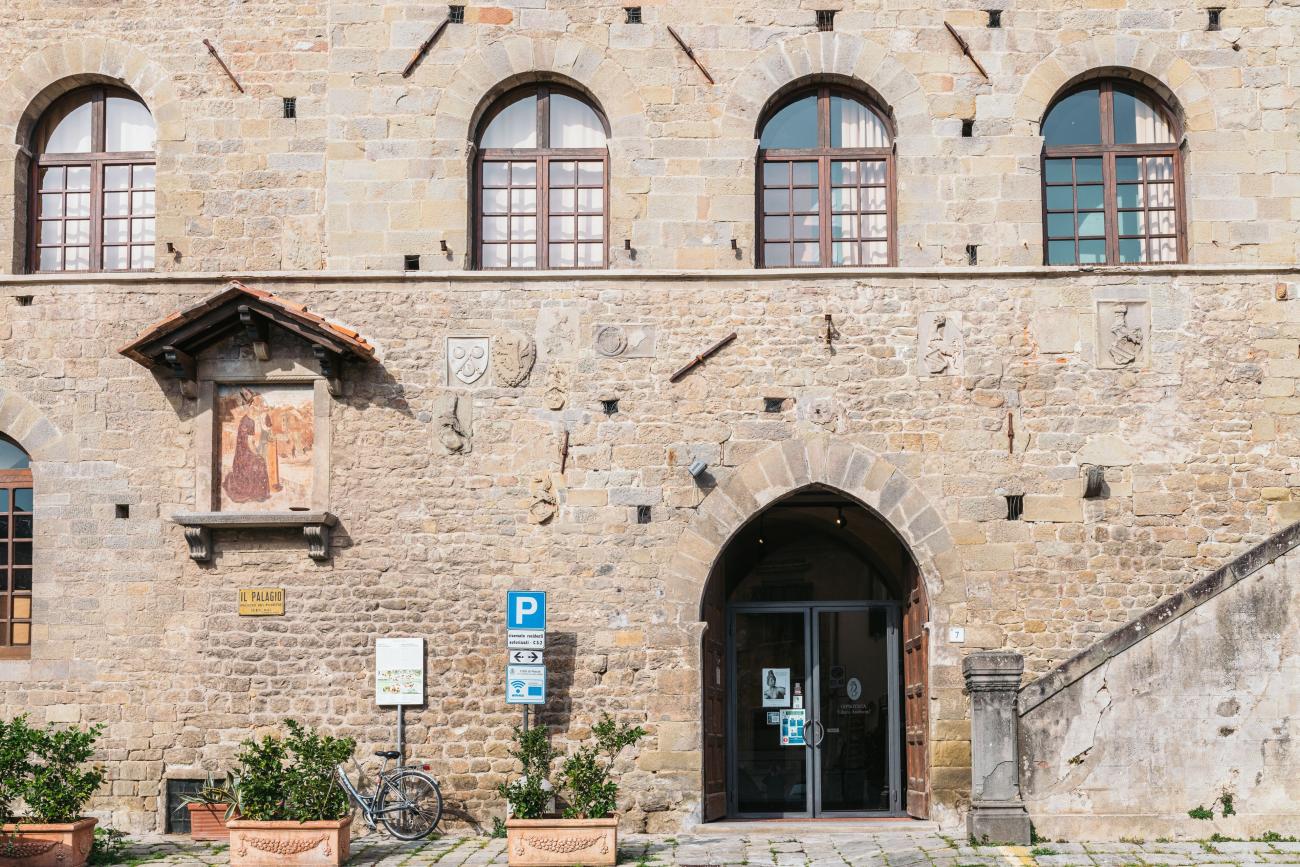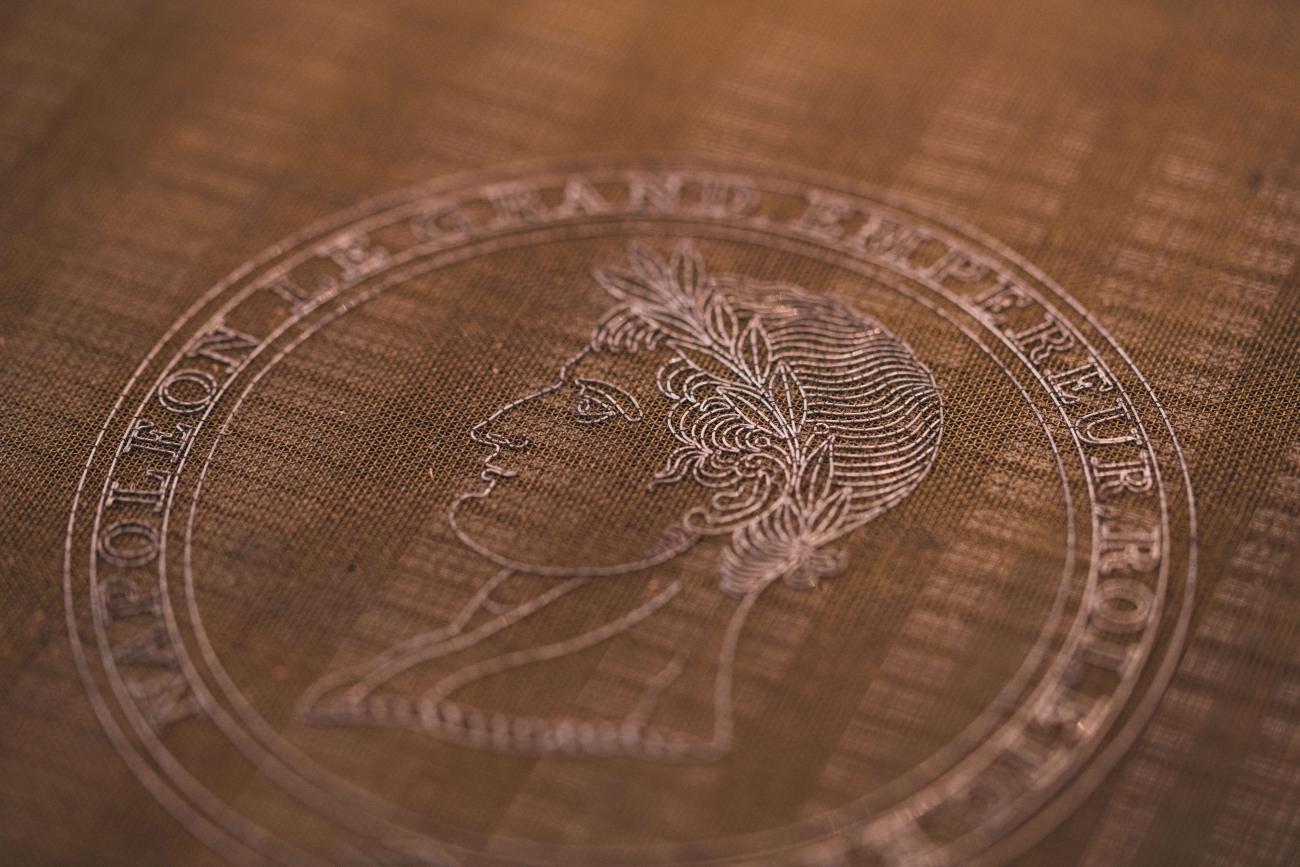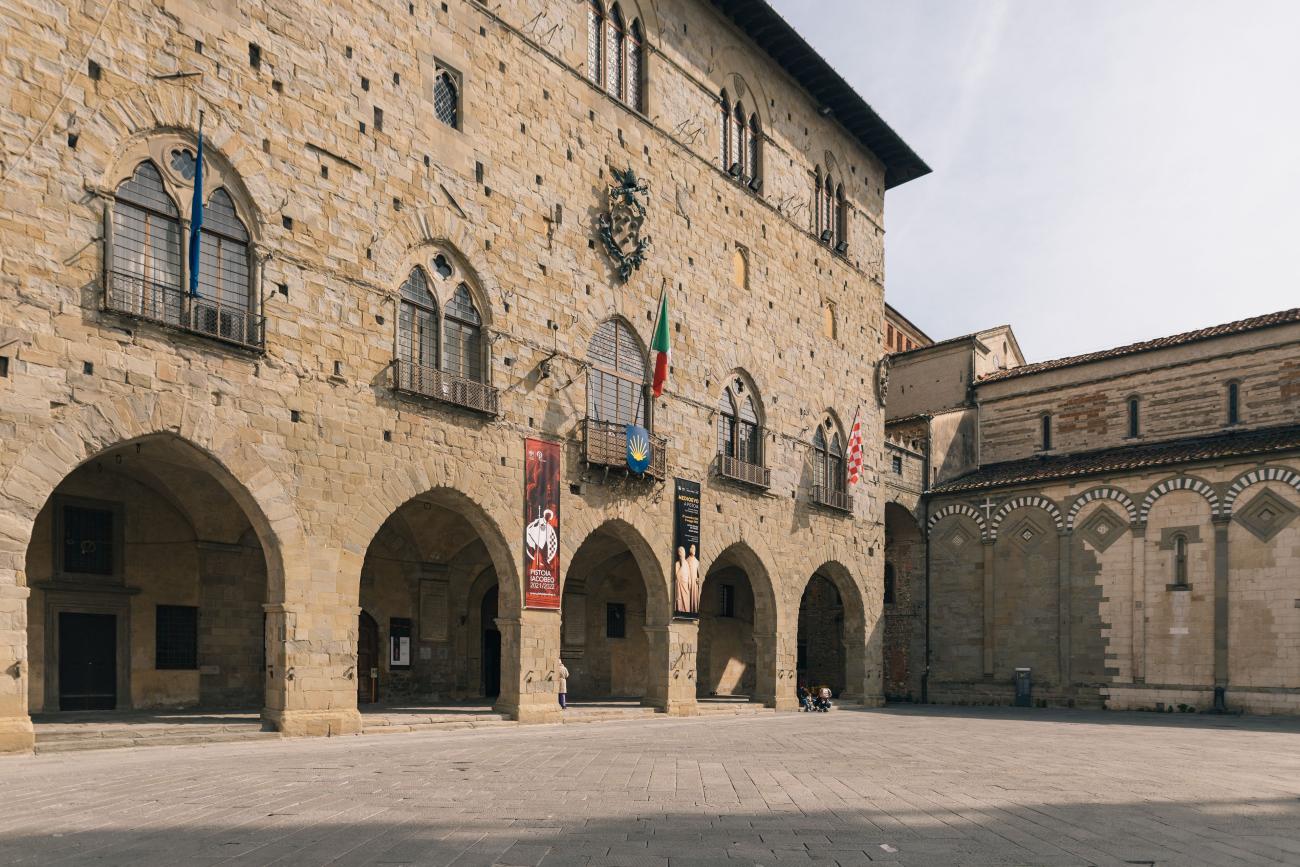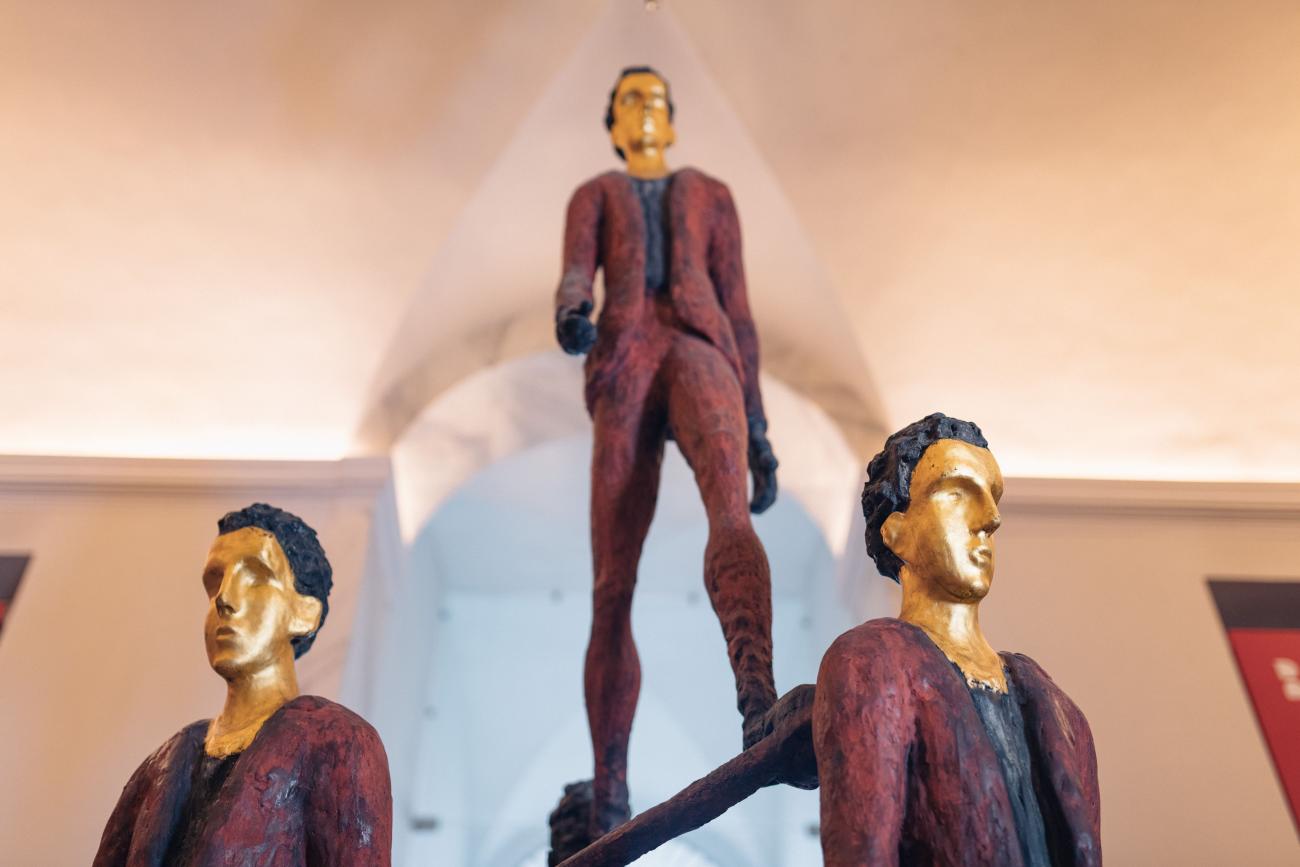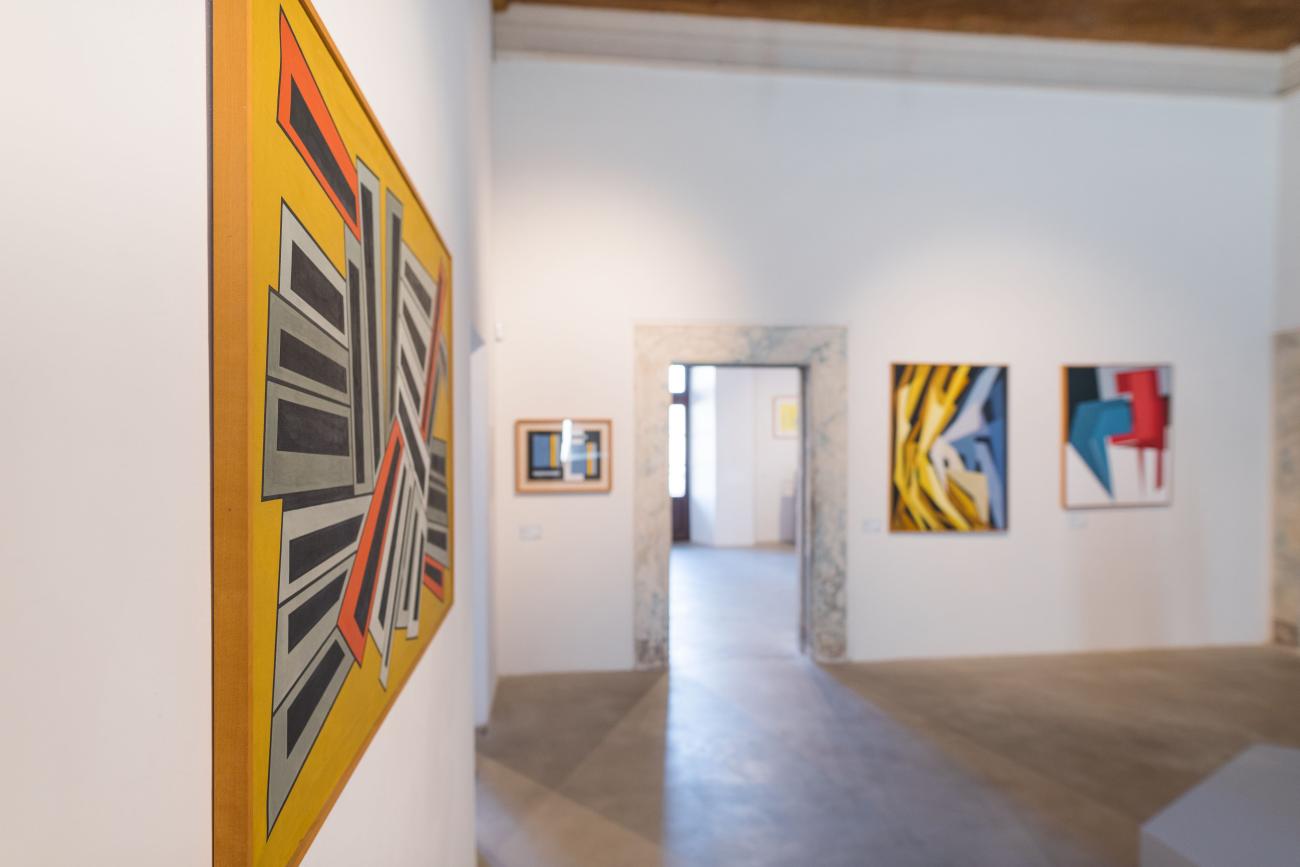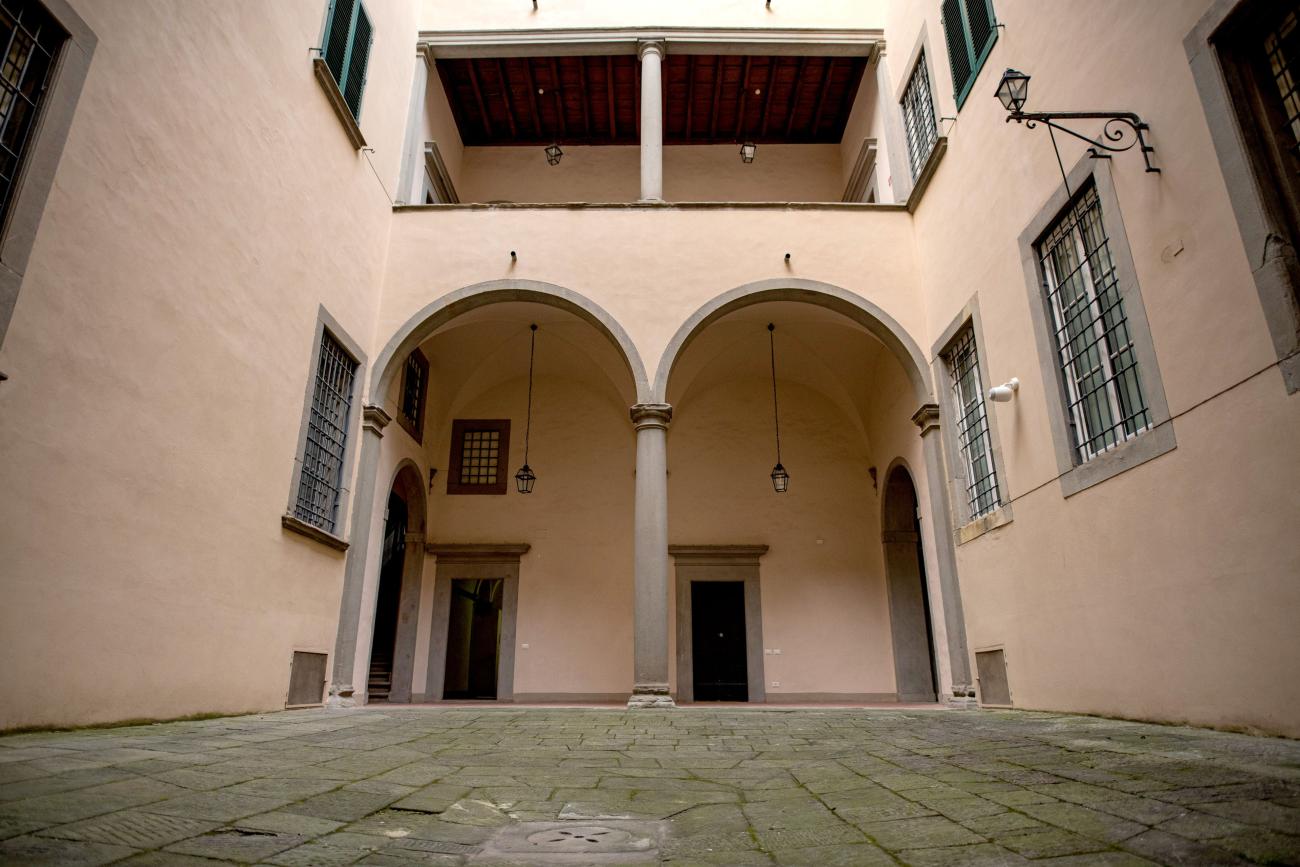
LEOPOLDO GALEOTTI
The story of the Civic Museum in the Twentieth Century is somehow linked to Leopoldo Galeotti, one of the last members of a very well-known family, who decided to bequeath his whole patrimony and real estate to the local community.
A lot has been said about Leopoldo Galeotti as a public figure, but little about his connection with his hometown Pescia. Leading exponent of liberalism, Galeotti was spokesman for the ruling class: the so-called “moderatismo toscano” (to which Gino Capponi, Cosimo Ridolfi, Francesco Forti belonged to). This social class highly contributed to the economic growth of the country as well as to its development in education and support of charitable institutions.
Concerning Leopoldo’s relation with Pescia, it was reconfirmed at his death when, heirless, he left all his possessions to the Opera Pia through testamentary disposition; the charitable institution had been specifically established to have a leading role in the local community progress. In this perspective in 1898 Palazzo Galeotti became the seat of the Opera Pia offices, the Civic Museum and the Public Library.
CIVIC MUSEUM L. GALEOTTI
It was Cesare Stiavelli’s idea to reunite “all the works of art left behind or forgotten in the Municipality’s churches and buildings” in a single place, his idea was later put into practice by his son Carlo.
Together with his fellow citizens Luigi Mochi and Giulio Bernardini, famous architect of the time, in 1894 Carlo Stiavelli was responsible for the opening of a tiny museum, housed in some of the rooms owned by Cassa di Risparmio in Palazzo Magnani, overlooking palazzo Galeotti. In April 1898 the collection, that had been implemented, was relocated to a more spacious site, on Carlo Stiavelli’s suggestion.
Throughout the years the building underwent several changes due to the damages following World War II. Because of safety reasons the museum was inaccessible till November 14th 2020; in the midst of the pandemic, limited to its original core, the monumental apartment was opened to the public again as a sign of a fresh start. Thanks to the intervention of the Superintendency of Florence, the space on the main floor has been completely restored to relocate the most significant pieces: all the paintings belonging to early Twentieth Century collections at Uffizi and all the works that highlighted the connection between Pescia and its territory.
Piazza Santo Stefano 2
51017 Pescia PT
Italy
